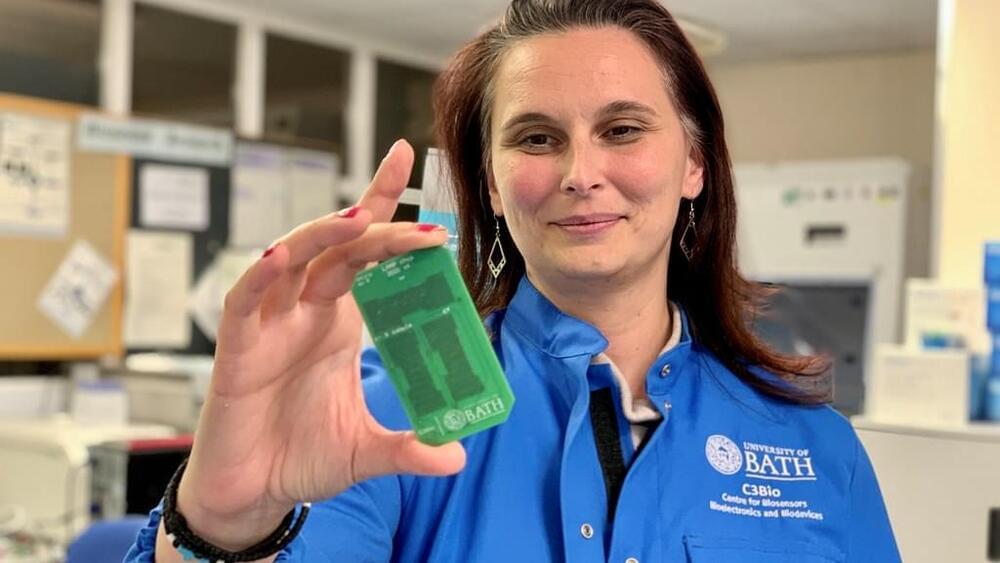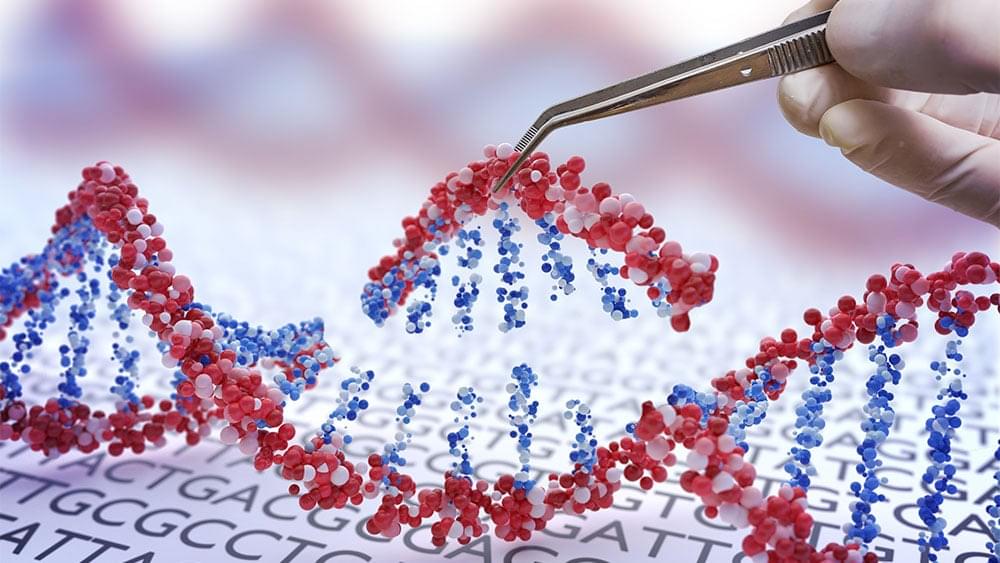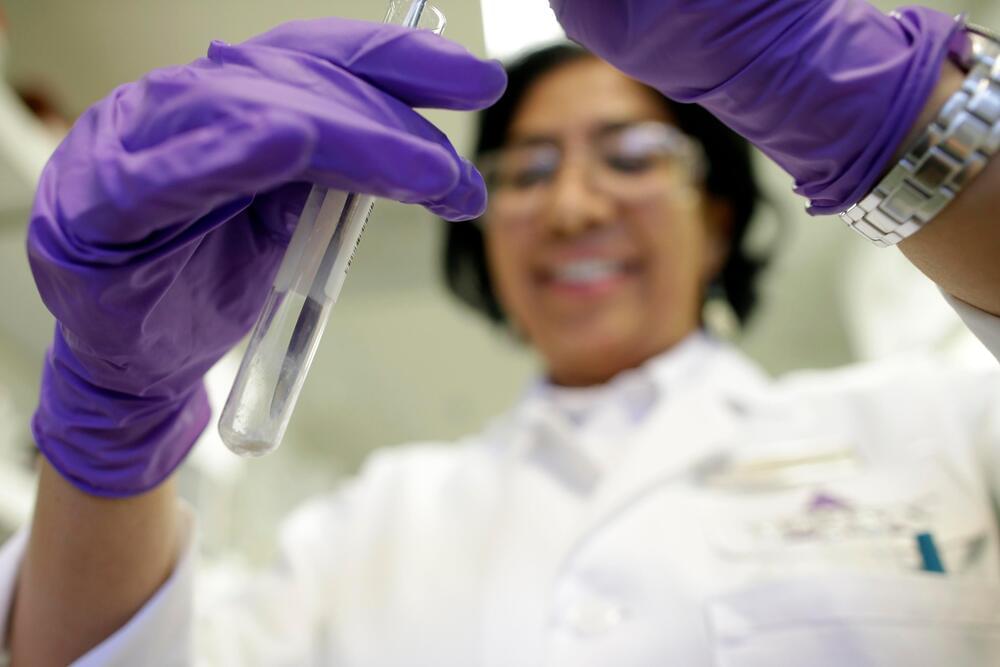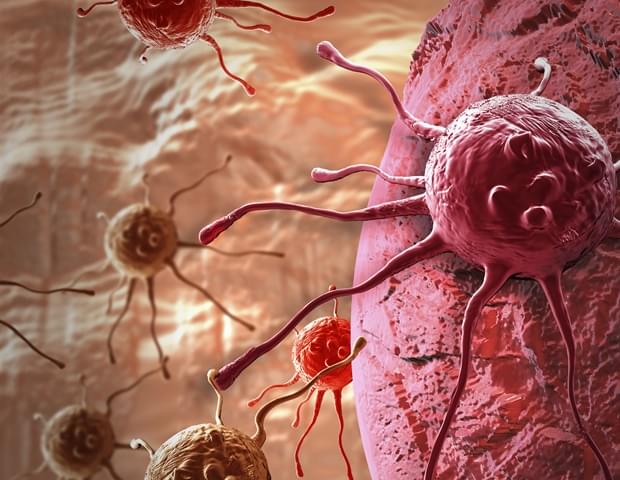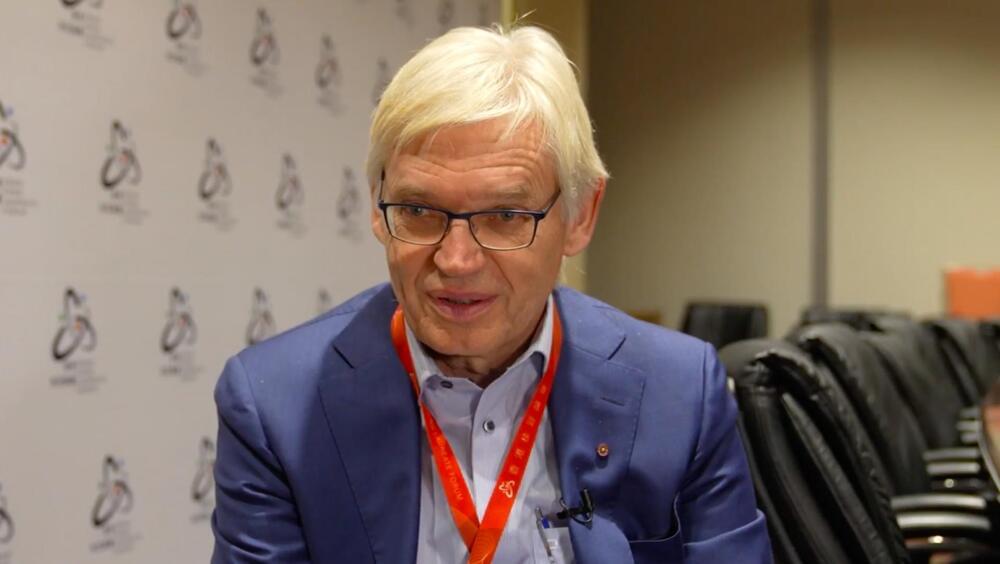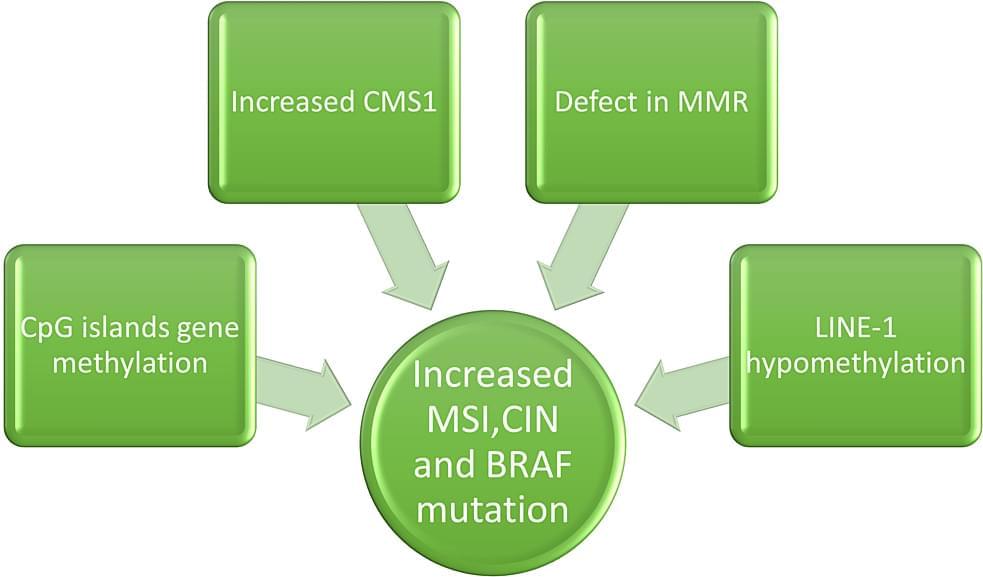Compact genetic testing device created for Covid-19 could be used to detect a range of pathogens, or conditions including cancer.
A virus diagnosis device that gives lab-quality results within just three minutes has been invented by engineers at the University of Bath, who describe it as the ‘world’s fastest Covid test’
The prototype LoCKAmp device uses innovative ‘lab on a chip’ technology and has been proven to provide rapid and low-cost detection of Covid-19 from nasal swabs. The research team, based at the University of Bath, say the technology could easily be adapted to detect other pathogens such as bacteria — or even conditions like cancer.
